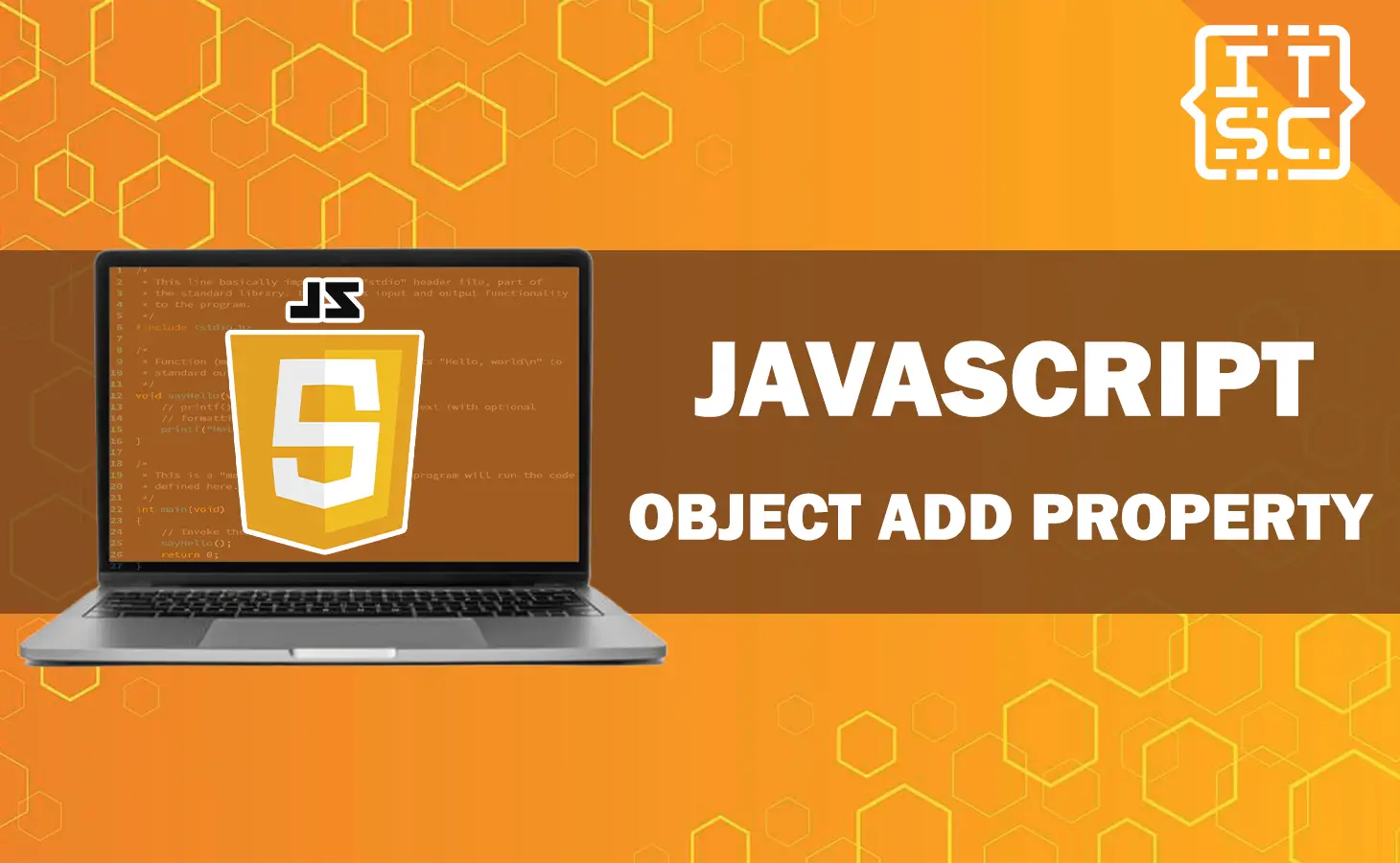In this article, we will explore various techniques and best practices for Javascript object add property effectively.
Whether you are a beginner or an experienced developer, this guide will provide you with the necessary knowledge and expertise to enhance your JavaScript skills.
What is adding property to object Javascript?
In JavaScript, adding a property to an object means assigning a new key-value pair to an existing object or creating a new key-value pair for a newly created object.
This process allows you to dynamically expand the capabilities and functionality of objects in your JavaScript code.
Different Ways to add a property to an object javascript
Now that we have a basic understanding of JavaScript objects, let’s explore different ways to add properties to existing objects.
1. Using the dot(.) notation
The simplest and most common way to add a property to a JavaScript object is by using the dot notation. The dot notation allows us to access and modify object properties directly.
Here’s an example:
person.address = "123 Main California";In the example above, we added an address property to the person object using the dot notation.
The value of the address property is set to “123 Main California“.
2. Using the square brackets []
In addition to the dot notation, JavaScript also provides bracket notation to add properties to objects.
The bracket notation is useful when the property name contains special characters or is stored in a variable.
Here’s an example:
let propertyName = "email";
person[propertyName] = "[email protected]";In the example above, we added an email property to the person object using the bracket notation.
The value of the email property is set to “[email protected]“.
3. Using the Object.defineProperty() function
The Object.defineProperty() method allows us to add properties to an object with more control over their behavior.
It provides options to define properties as read-only, enumerable, or configurable.
Here is an example:
Object.defineProperty(person, 'email', {
value: '[email protected]',
writable: false,
enumerable: true,
});In the above code, we have added an email property to the person object using Object.defineProperty().
The property is defined as non-writable but enumerable, meaning it cannot be changed but will be visible when iterating over the object’s properties.
4. Using the Object.assign() function
Another approach to adding properties to JavaScript objects is by using the Object.assign() method.
This function enables us to duplicate the values of all properties that can be counted in one or multiple source objects, and then assign them to a target object.
Here’s an example:
let sampleSource= {
city: "Manila",
country: "Philippines"
};
Object.assign(person, sampleSource);
In the example above, we added the properties city and country from the source object to the person object using Object.assign().
5. Using the Spread operator
The spread operator (…) can also be used to add properties to JavaScript objects.
It allows us to create a shallow copy of an object and add new properties simultaneously.
Here is an example:
const additionalInfo = {
hobbies: ['Programming', 'Photography'],
};
const updatedPerson = { ...person, ...additionalInfo };
In the above code, we have created a new object updatedPerson by spreading the properties of the person object and adding the hobbies property from the additionalInfo object.
The resulting object will be:
{
name: 'Bruno',
age: 27,
gender: 'Male',
address: '123 Main California',
occupation: 'Developer',
hobbies: ['Programming', 'Photography'],
}6. Object.setPrototypeOf() Method
The Object.setPrototypeOf() method allows us to change the prototype of an object.
It can be used to add properties to an object indirectly by changing its prototype.
Here’s an example:
const car= {
startEngine() {
console.log('Engine started!');
},
};
const vehicle= {};
Object.setPrototypeOf(vehicle, car);
In the above code, we have created a vehicle object with a startEngine method.
We then create a new object car and set its prototype to a vehicle using Object.setPrototypeOf().
Anyway here are some of the functions you might want to learn and can help you:
Conclusion
In conclusion, adding properties to JavaScript objects is a fundamental concept in JavaScript development.
By leveraging various techniques like dot notation, bracket notation, and Object.assign(), developers can extend the functionality of objects and create more dynamic applications.
It is essential to understand the different methods and choose the most suitable approach based on the specific requirements of your project.
That concludes our discussion on this topic. We hope that you have gained valuable insights from this article.
Stay tuned for more & Happy coding!😊

